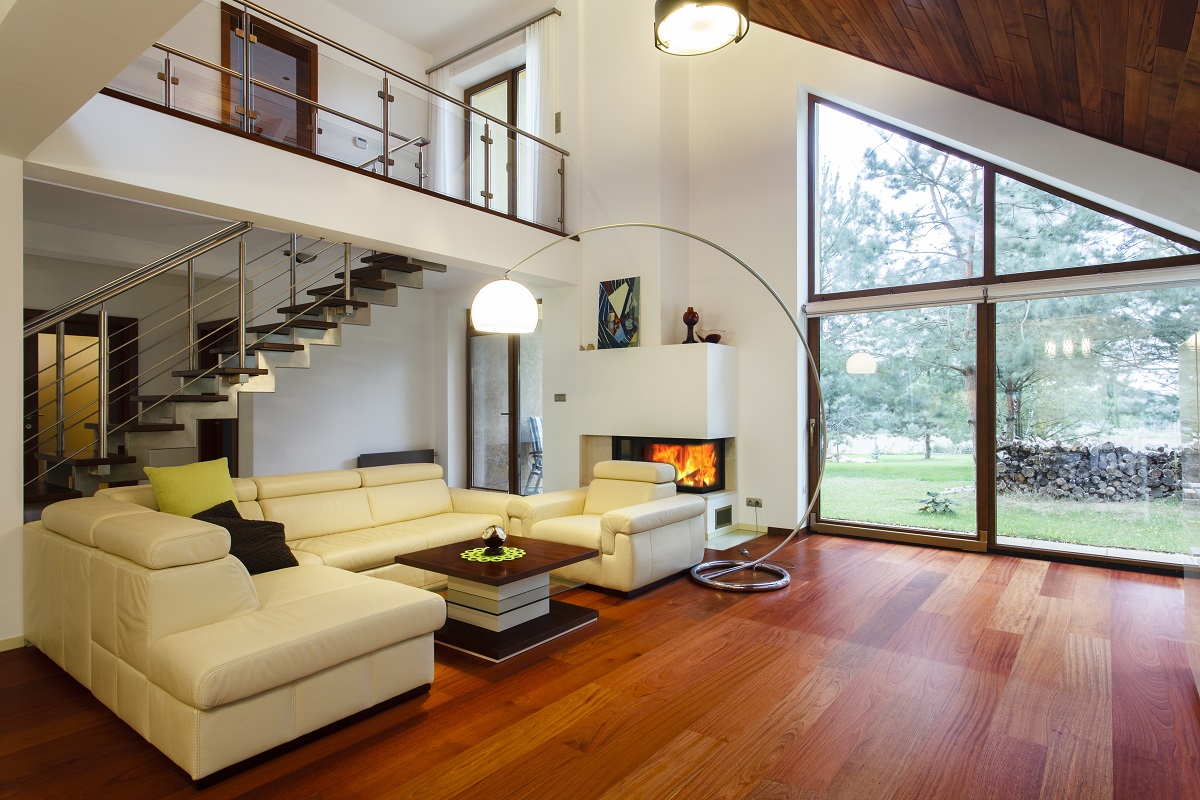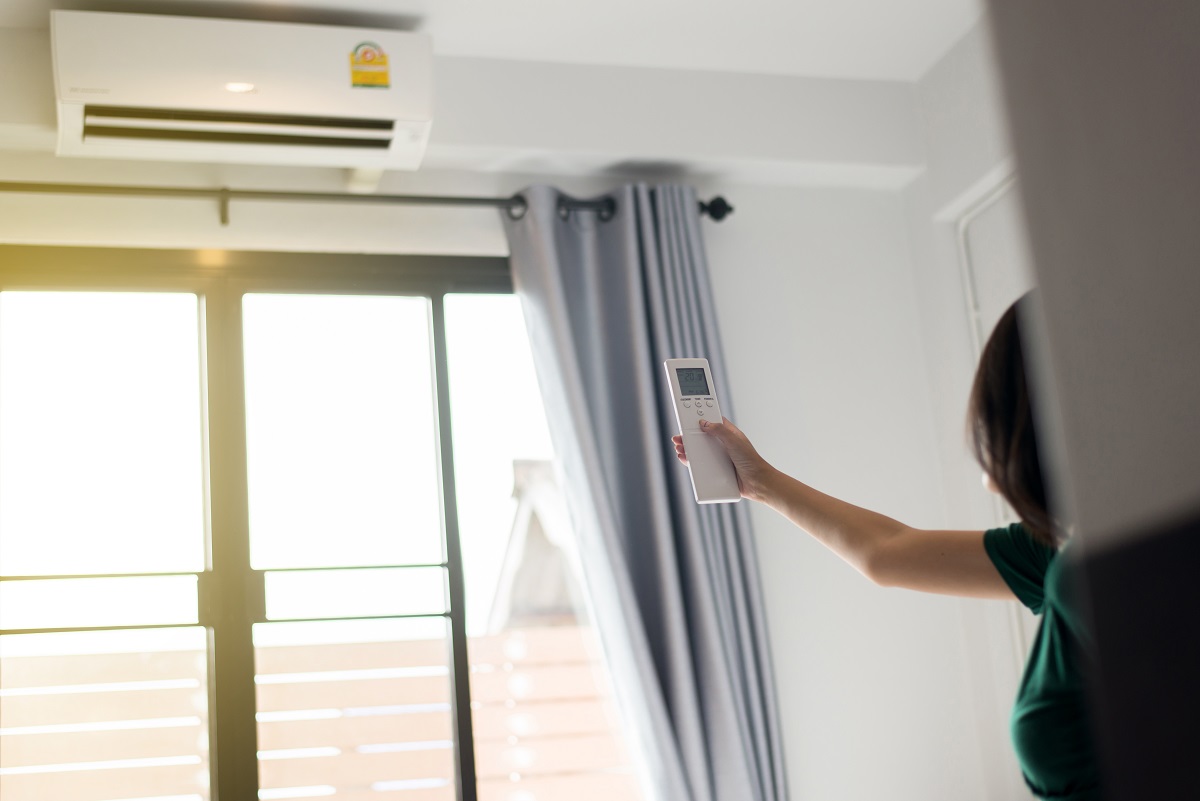Summer is only a few weeks away, and you know what that means. Sweltering days force you to use your air conditioning system more often, which increases your electricity bills. Luckily, there are many ways to lower your energy consumption while staying cool during the dry season.
Cost-saving cooling solutions range from simple daily routine adjustments to useful home improvements, so you can find one that suits your budget and lifestyle. Follow the tips below to maintain a comfortable indoor temperature without skyrocketing your utility bills.
1. Update Your Insulation
Insulation plays a critical role in minimizing your energy consumption during the summer. It prevents heat from entering your home, keeping the temperature inside at your preferred level.
The thermal resistance or R-value of your insulation depends on the orientation and location of your home. Calculating the R-value necessary for your house is more complicated in places that experience harsh winters and summers. If you live in Armourdale, for example, it’s best to hire insulation contractors in Kansas City because they’re familiar with the R-values necessary for the weather in your hometown.
You want to pay special attention to the insulation in your attic. During summer, the air inside your home is cooler than the outdoors. The temperature difference draws hot air from the outside through the leaks and cracks in your house. This phenomenon is called the “reversed stack effect,” which makes the upper floors of your home uncomfortably hot.
Air-conditioning units cool hot air, causing it to sink to the lower floors. This restarts the air cycle throughout your house, which can add to your cooling costs.
You can prevent the consequences of the reverse stack effect by insulating your attic. Attic insulation comes in different types: blanket, loose-fill, and spray foam.
Spray foam offers the most impenetrable protection among the three, sealing the gaps in your attic that may let in warm external air. On the other hand, loose-fill insulation is more appropriate for attics with plenty of obstructions. The material can easily be packed into tight places, insulating every nook and cranny.
Be careful of over-insulation, however. This occurs when the spaces meant for ventilation, such as the hollow between rafters, are covered by the insulating material. Over-insulation can result in an uncomfortably hot attic temperature, poor indoor air quality, and mold growth.
2. Make Sure Your Home is Airtight
Get the most out of your insulation by air-sealing your home. During the warm season, humid air can enter your house through cracks and gaps on your walls, attic, basement, and ductwork. Humid air makes your home feel hotter, causing the indoor air to feel uncomfortably heavy.
Blocking those air leaks helps you achieve maximum energy efficiency. You can cut 15% off your cooling costs by air-sealing your home, according to the Environmental Protection Agency (EPA).
The easiest way to detect all the air leaks in your house is to get a home energy audit from a certified auditor. Some home insulation companies provide energy evaluations as well. The report provides the most accurate measurement of air leakage in your home as well as other problem areas.
It’s best to get a home energy audit several weeks before summer to give you time to address the issues in your home and make it more energy efficient.
3. Utilize Fans and Ventilation
Ventilation goes hand-in-hand with insulation to prevent heat and moisture buildup in your home, maintaining the air quality. A ventilation system is composed of a network of air ducts that deliver cold and hot air to the different parts of your house. Insulate your ducts to prevent heat loss and keep the system running efficiently.
You can also leverage natural ventilation to reduce your reliance on your air-conditioning unit. Heat naturally accumulates in your house during the day. You can flush the hot air out by using your windows and doors for cross-ventilation.
Open your doors and windows to let in cold air. You’ll cool more of your home if the air takes a longer path from the entry point to the exit, so try to choose doors and windows that are directly opposite each other. Use small windows for the inlet and bigger doors for the outlet to increase the speed of the airflow.
Keep in mind that cross-ventilation only works in climates with cool summers, cool nights, or regular breezes. Experiment with different patterns of window venting to find the best way to move fresh outside air into your home. Don’t forget to note the wind direction.
You can also use your fans to support your air-conditioning unit. A ceiling fan lets you raise your thermostat setting about 4°F while maintain the same level of comfort. Window fans can increase your cooling efficiency, too. Close the window near the fan and open the ones on the opposite side of the room to promote air circulation.
4. Use Window Coverings
Windows absorb more heat during summer than any other surface in your home because they’re made of glass. So it’s better to keep them shaded if you’re not using your windows for ventilation.
Window treatments, such as shades, blinds, and curtains, can help you cut energy costs by reducing your solar heat gain. Choose light-colored treatments. They’re more reflective, bouncing the rays of the sun away from your house to block heat from outside.
5. Adjust Your Day-To-Day Activities
Finally, a simple adjustment to your daily routine can help you keep cool this season. The small habit of turning off lights and appliances that aren’t in use can give you some significant savings. You can also do household chores manually to lessen your usage of energy-intensive appliances. For example, you can dry your clothes by hanging them instead of spinning them in the dryer or wash your dishes by hand instead of using the dishwasher.
When bathing during daytime, use the bathroom exhaust fan to prevent humidity and heat buildup. By simple avoidance, you get to keep your air-conditioning unit from working overtime, helping you save money on electricity.
Know more about how you can maximize your home’s energy efficiency. Get an energy evaluation to see your usage patterns, determine the parts of your house that guzzle energy, and to receive solutions on how to reduce your electricity spending.
A+ Service from A+ Insulation
A+ Insulation is a trusted insulation expert in Kansas City. Using quality materials and tools, our team will examine your house thoroughly to come up with the best way to make it energy efficient. We offer a range of insulation treatments for different parts of your home, making sure that it’s properly protected from excessive heat gain.
Schedule an appointment today and have one of our consultants do a free, no-obligation home energy assessment.

